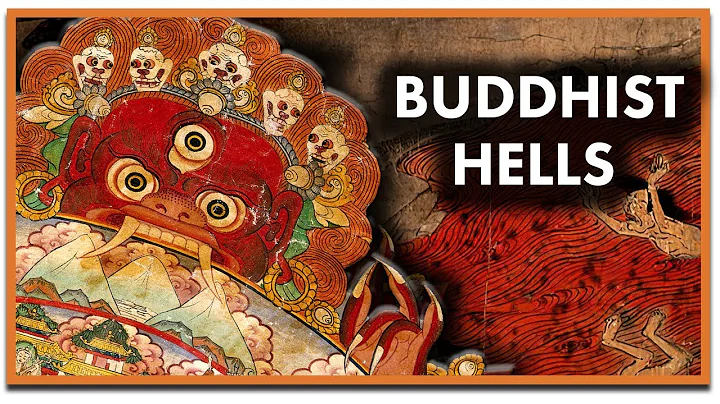After the Secretariat and the mass divisions were fundamentally divided, many tribes continued to secularize, and male and female believers at home appeared outside the monastic community. The birth of Buddhism began to participate in and interfere with secular life, and many of the concepts founded by the Buddha in the early days also changed.
In the 3rd to 1st century BC, opposing tendencies towards early Buddhist doctrines gradually emerged in the southern Kandaro, Kushan in the north, and Vaisalis on the Ganges plains. This sect calls itself the Fang Guang Department, the Fang Department and the Mahayana Department. These three departments later merged together to form the early "Mahayana Buddhism".

By the 1st century BC, the Cendaro people who lived in the southeast Godavari River and the Krishna Rivers established the Cendaro Dynasty. Its ruled area extends to Malva in the north and to Dhakanara in the south, and the Indian Ocean on both sides of the east and west. The Cundalo Dynasty was economically developed, culturally prosperous, and military strong, and was the overlord of South Asia at that time.

The green part in the middle is the territory of the Dalu Dynasty
Although the Dalu Dynasty believes in Brahmanism, it implements religious freedom and allows all Buddhist sects to spread freely. Because the various Buddhist sects did not receive direct support from the Hondaro dynasty, they sought believers among the people of lower castes. Many lower castes merchants became believers of early Mahayana Buddhism. The area around
Cedaro was originally an activity area of the branch of the Mass Department (Massanidae). Datian system advocates the construction of pagodas, offering sacrifices to pagodas, and living in pagodas. They belittle the Arhats who slept under trees and in the cemetery. They deified the Buddha and took the Bodhisattva who was responsible for saving sentient beings as their way of practicing. Later, the mountainous parts included the Dongshan tribe, the Xishan tribe, the Wangshan tribe and the Yicheng tribe.
By the 1st century AD, a stubborn sect called "Fang Guang Dao Ren" appeared in the Sendaro area. They advocate that "all dharmas are neither born nor destroyed, and are empty and have nothing, just like rabbit horns and tortoises' hair is always gone." They call themselves "Dakong Sect".

case Relief
Later, the Dakongzong spread southward into Ceylon , taking Mount Wuwei as its base, and once had a considerable advantage. They believe that the Buddha seen in the human world is just a manifestation of the changes of the Buddha, the Buddha's teachings, and the Buddha's life's actions are essentially empty and empty. Therefore, the monastic community is not real, and offering to the monastic community will not bring any blessings. Because by offering "empty and nothing" to "empty and nothing", what you get is "empty and nothing". However, the Dakong Sect also advocated that monks can become husband and wife under the conditions of consistency of faith and practice. However, these propositions have further expanded believers for the Mahayana Kanshu.
About the 1st and 2nd centuries AD, the founder of the Mahayana Madhyamaka school, Nagarjuna was born in Cendaro. He devoted his life to preaching the thoughts of Mahayana Bodhisattvas and wrote thousands of treatises. His Bodhisattva's "Six Paramitas" require Buddhists to enter the world to save sentient beings. Nagarjuna denounced the Dakong Sect as "evil realms of emptiness", refuted the common things of Hinayana and heretics, and established the idea of the Middle Way, marking the maturity of Mahayana Buddhism.







![[English] Who Am I - Lecture 1 - Ven. Guan Cheng - DayDayNews](https://i.ytimg.com/vi/KU0fUs2It5o/hq720.jpg?sqp=-oaymwEcCNAFEJQDSFXyq4qpAw4IARUAAIhCGAFwAcABBg==&rs=AOn4CLDFpQUN_QwRfC7bmP4sUadq-RcYdg)
![A Moving Masterpiece 清明上河图 [English narration] - DayDayNews](https://i.ytimg.com/vi/kxff-4GktOI/hqdefault.jpg?sqp=-oaymwEcCOADEI4CSFXyq4qpAw4IARUAAIhCGAFwAcABBg==&rs=AOn4CLBtHGLeUpJNCYDJYnZTuISQ1N5Vag)


